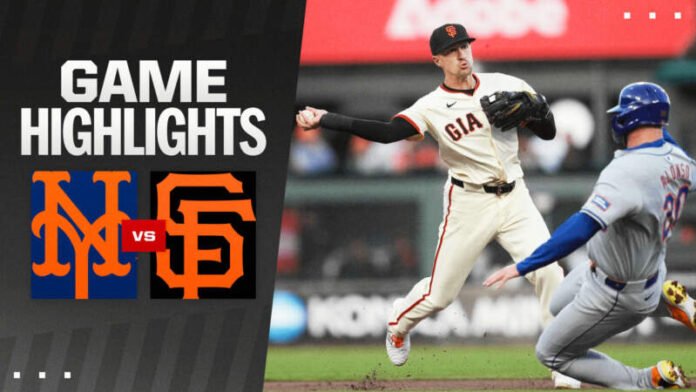Hockey is a sport known for its speed, precision, and thrilling gameplay. Whether you’re a new fan or just looking to brush up on the basics, one of the fundamental aspects to understand is the game’s structure, particularly the number of periods in a hockey game. This article will delve into the details of hockey periods across various levels, including professional, college, and international play.
The Structure of a Hockey Game
Before addressing the specifics of periods in hockey, it’s essential to grasp the overall structure of a hockey game. Like many sports, hockey is divided into segments that create the rhythm and pacing of the matchup.
Timekeeping in Hockey
Hockey is played on an ice rink where two teams compete to score the most goals. Timekeeping is a critical element of the game, with the clock stopping for various reasons, such as penalties, puck out of play, and goals. The active play time is divided into periods, which are separated by intermissions.
Professional Hockey Periods
When it comes to professional hockey, such as the National Hockey League (NHL), the standard game structure is quite straightforward.
NHL and Other Professional Leagues
In the NHL, as well as most professional hockey leagues around the world, a regulation game consists of three periods.
- First Period: The game begins with the first period, which sets the tone for the match. It lasts 20 minutes of active play time.
- Second Period: After a short intermission, teams return to the ice for the second period, another 20-minute segment.
- Third Period: The final period also spans 20 minutes and is often where the game’s outcome is decided.
If the game is tied at the end of the third period, it proceeds to overtime and, if necessary, a shootout. However, the format of overtime and shootouts can vary depending on the league’s rules.
College Hockey Periods
College hockey in the United States follows a slightly different set of rules and structures compared to professional leagues.
NCAA Hockey Periods
In the National Collegiate Athletic Association (NCAA), the game is also divided into three periods, each lasting 20 minutes. The flow of the game is similar to that of professional leagues, with intermissions between each period.
Intermission Length and Overtime
Intermissions in college hockey typically last 15 to 18 minutes, giving teams time to rest and strategize for the next period. If the score is tied at the end of regulation time, college hockey games may go to an overtime period, which is shorter than the standard periods and has sudden-death rules.
International Hockey Periods
International hockey, governed by the International Ice Hockey Federation (IIHF), has its own set of regulations that slightly differ from those in North American leagues.
IIHF Regulations
IIHF-sanctioned games, which include competitions like the World Championships and the Olympic Games, follow the three-period format with each period lasting 20 minutes. The intermissions in international play are usually longer, often 15 to 17 minutes, to accommodate ice resurfacing and other maintenance.
Overtime and Shootout Rules
For international play, if a game is tied at the end of the third period, the rules for overtime and shootouts can vary depending on the tournament’s structure. Typically, there is a brief sudden-death overtime followed by a shootout if the game remains tied.
Youth and Recreational Hockey Periods
Youth and recreational hockey leagues often modify the period structure to accommodate the skill level, age group, and logistical considerations.
Modifications for Younger Players
In youth leagues, periods may be shorter than 20 minutes, often ranging from 12 to 17 minutes, depending on the age group. These adjustments help maintain a pace that is suitable for younger players and keeps the game duration reasonable.
Recreational League Variations
Recreational leagues for adults may also alter the period lengths and game structure. These changes are typically made to fit the league’s schedule, ice time availability, and the players’ stamina and skill levels.
Frequently Asked Questions
Addressing some common questions can further clarify the concept of periods in hockey for those learning about the game.
How Long Is a Hockey Game?
A professional hockey game consists of three 20-minute periods, totaling 60 minutes of playtime. However, the actual duration of a game is longer due to stoppages, intermissions, and potential overtime.
What Happens If the Score Is Tied?
If the score is tied at the end of regulation time, the game goes into overtime. The format for overtime varies by league, with some using sudden death and others having specific time frames.
Are There Breaks During Hockey Games?
Yes, hockey games have intermissions between periods. These breaks allow teams to rest, strategize, and for the ice to be resurfaced.
Takeaways
Understanding the number of periods in a hockey game is essential for fans and players alike. Whether you’re watching the NHL, college hockey, international tournaments, or participating in a local recreational league, the division of the game into periods helps create the unique flow and excitement that hockey is known for.
By knowing how many periods are in a hockey game and the variations across different levels of play, you can better appreciate the strategy and pacing that goes into this fast-paced sport.
For more information, visit Apzo Media




